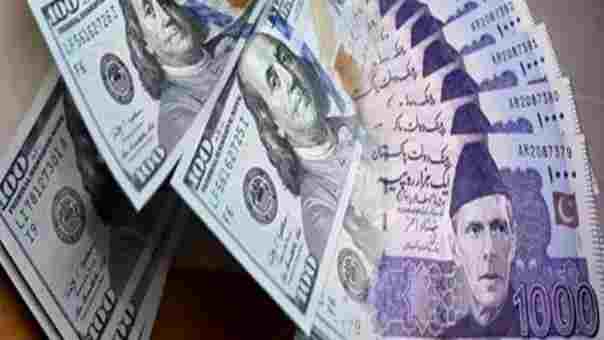The Pakistani rupee is expected to remain stable in the coming weeks, supported by improved economic perceptions and positive sentiment among stakeholders. Analysts project that the rupee will maintain its current trends over the next several months.
In the first four months of 2025 (January to April), the rupee is forecasted to trade between 278 and 282 per dollar. According to a report by Tresmark, a financial terminal, Pakistan’s credit default swap has reached a multi-year low of 505 basis points, reflecting increased confidence in the country’s economic stability.
The report highlights several factors influencing the rupee’s trajectory, including inflation levels, the real effective exchange rate (REER), and the current account deficit. Surveys conducted among bank dealers suggest that the rupee will remain in the 278 to 282 range until April 2025, shift to 282 to 285 by June, and gradually move to 285 to 290 by December. However, risks to this outlook include a potential disengagement from the International Monetary Fund (IMF), a sharp rise in oil prices, and escalating geopolitical or domestic political tensions.
Various measures have contributed to the rupee’s stabilization. These include decisive actions against speculative activities in grey and black markets, restricting import growth to control foreign exchange outflows, and securing a new IMF loan programme. These steps helped transform the rupee from one of the worst-performing currencies in 2023, with a depreciation of 24%, to a more stable currency in 2024, showing a modest appreciation of 1%.
High real interest rates have also played a critical role in attracting investment and curbing inflation. The State Bank of Pakistan (SBP) implemented targeted strategies to bolster remittances and achieve a current account surplus. Foreign exchange reserves increased from $13.2 billion to $16.3 billion due to the SBP’s efforts to purchase excess foreign exchange liquidity while managing exchange rate volatility.
Inflation has seen a significant decline, reaching 4.1% in December, the lowest in seven years. It is expected to bottom out at 3.5% in February before climbing back to 8% by May. Interest rates are unlikely to drop below 11% this fiscal year, given the expected rise in inflation and caution surrounding the IMF programme. The REER for December was 104.5, a level considered sustainable when compared to regional peers such as India and Bangladesh.
The current account posted a surplus of $944 million in the first five months of the fiscal year. With strong remittance flows and initiatives like the government’s Uraan programme, economic growth is projected at 3.2% for the fiscal year. Demand and imports are expected to recover from March onward, contributing to a steady economic outlook.
